Liron Gino designs Vibeat devices for deaf people to experience music
Graduate shows 2016: Bezalel Academy of Arts and Design graduate Liron Gino has designed a set of jewellery-like devices that allow deaf and hard-of-hearing people to experience music through vibration (+ movie).
The Vibeat collection is an alternative to headphones that features a necklace, bracelet and pin with circular modules attached to them.
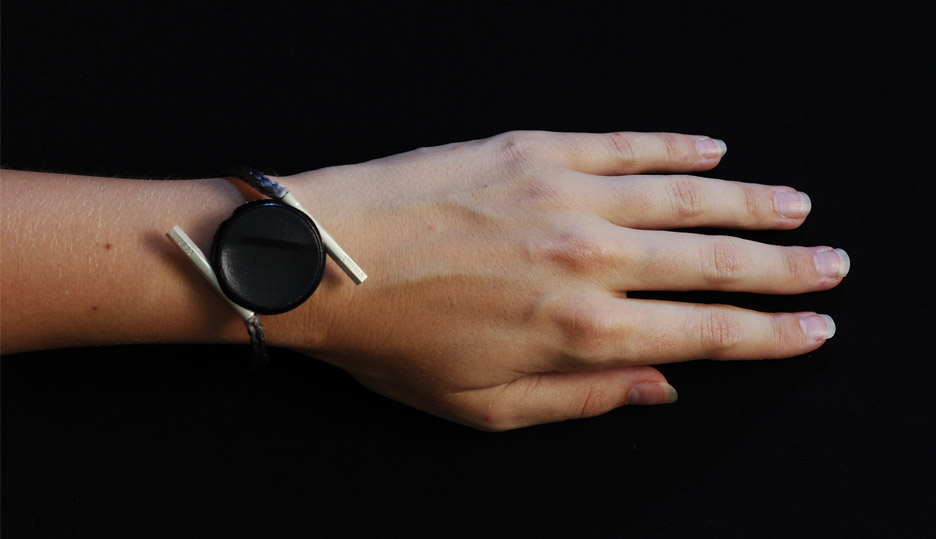
The pieces combine to create an "alternative sensory system", which translates tracks into vibrations. Different units in the collection react to lower or higher ranges. This allows wearers to experience songs through touch alone.
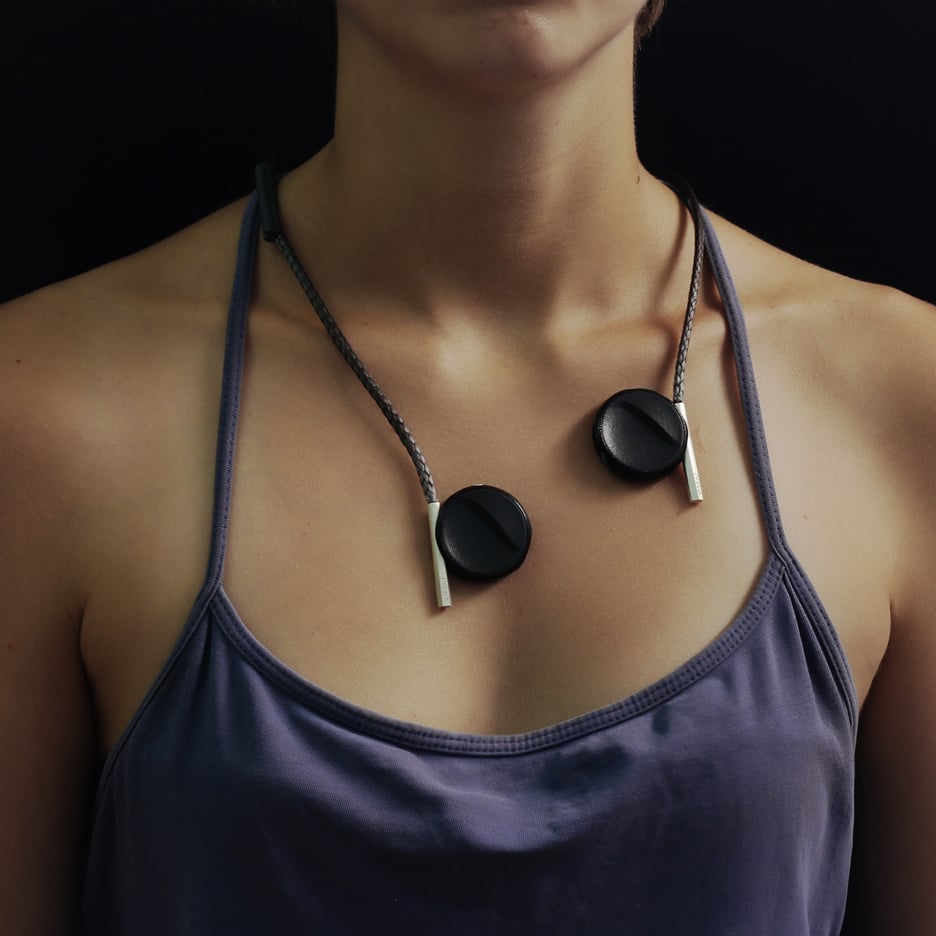
"Music is one of the deepest and most primal forms of human communication, and its ability to convey emotion and expression make it into an invaluable tool," said Gino.
"But how can the deaf and hearing-impaired community experience music, without actually hearing it?"
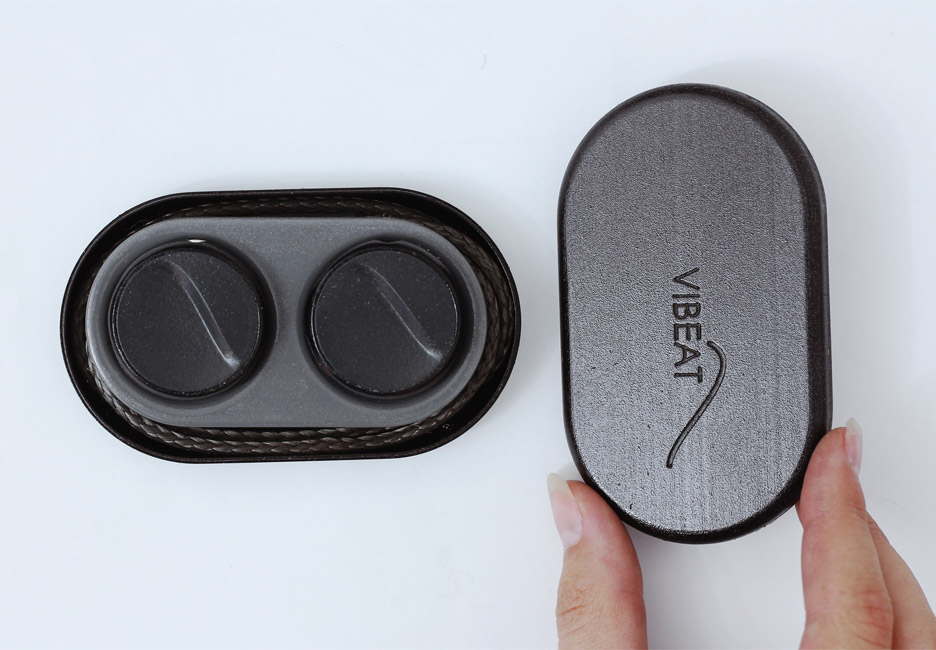
Each wearable connects to the music source via Bluetooth. Internal motors within the wearables react to different frequencies to make the devices vibrate at different rates.
The round disc-like Vibeat units can be unclipped and attached to different pieces in the collection, allowing users to decide where to place the devices on their body.
The system also allows the wearer to share the experience with others. A hearing person can listen in by connecting a pair of headphones.
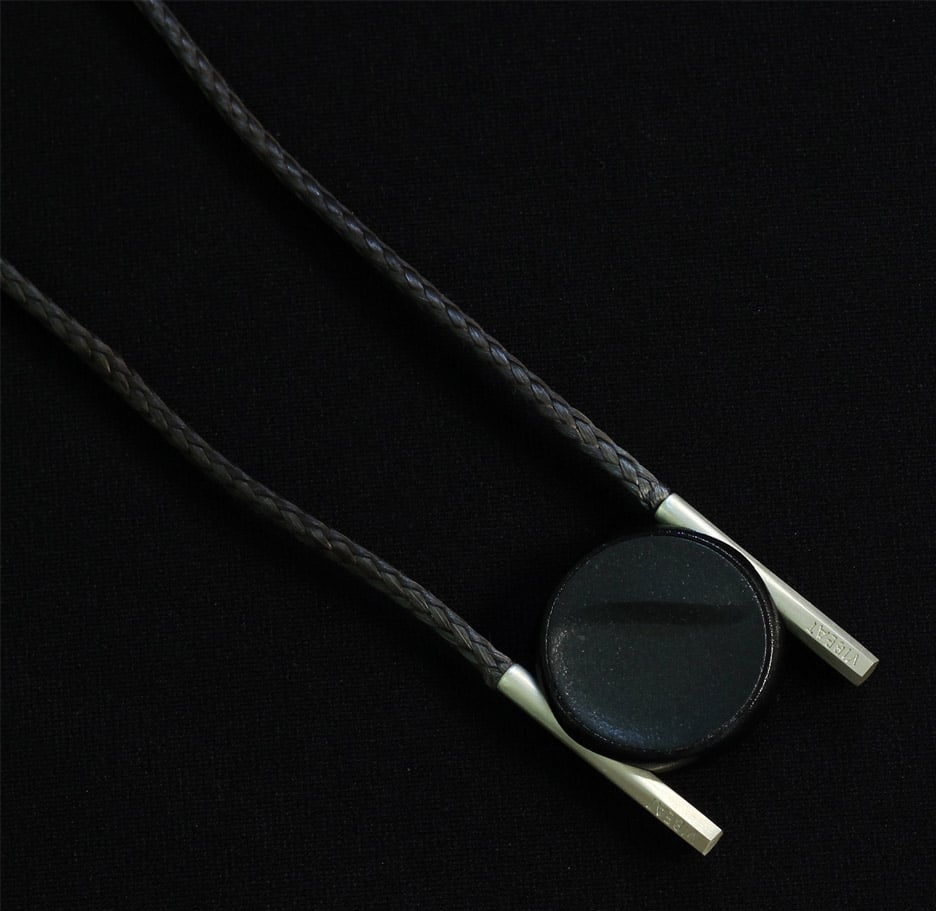
Gino developed her project through research with people who are deaf or hard of hearing. She chose subjects who all "had some form of connection with music", including one who was a club DJ.
Subscribe to Dezeen's YouTube channel for the latest architecture and design movies
Several designers have turned their attention to the needs of individuals with disabilities. Duo Ross Atkins and Jonathan Scott designed a street furniture system that could detect the electronic devices of registered users, and adjust accordingly.
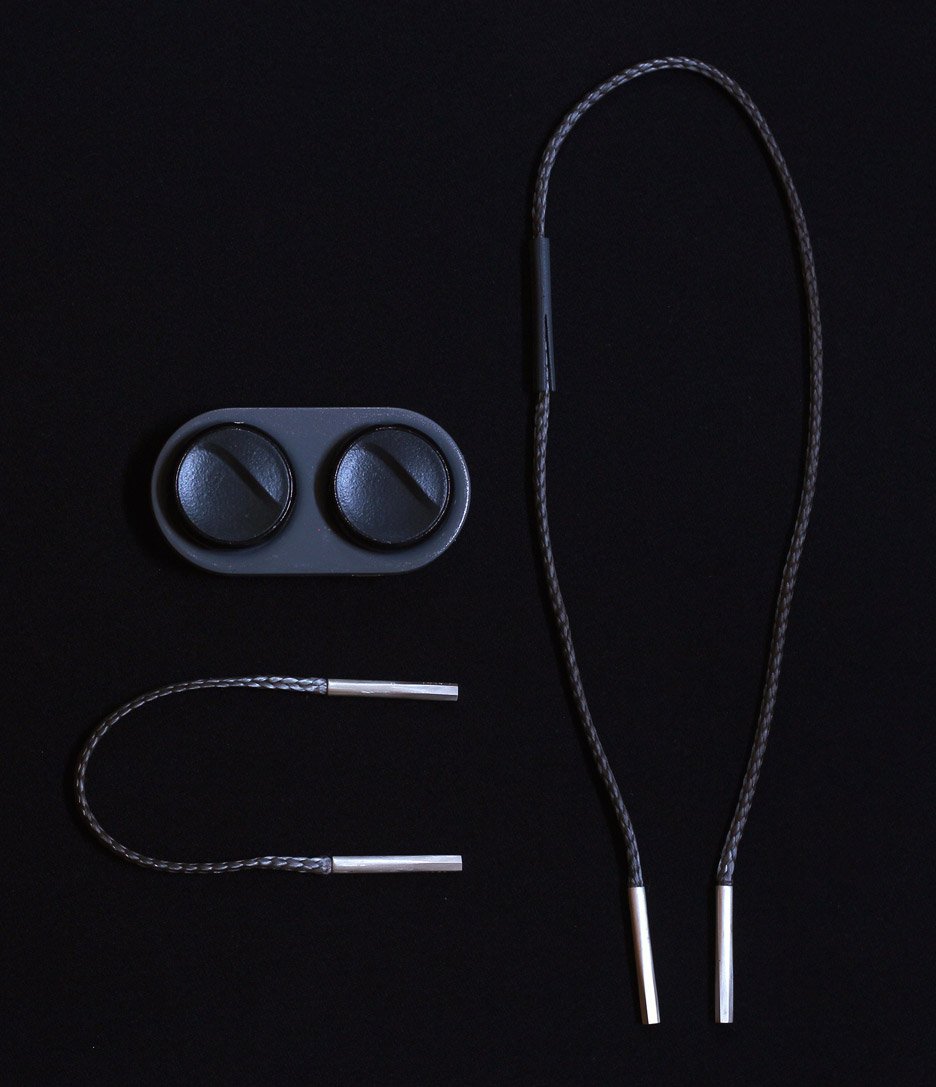
This included street lamps with adjustable lighting, pedestrian crossings with extended time limits and signage that lights up and talks – all of which could change depending on the requirements.
British product designer Simon Kinneir set out to help blind people in the home, with a prototype for a jug that tilts forwards as it fills up. A group of US designers behind watch brand Eone also created a tactile watch that allows the wearer to tell the time through touch, which has since gone on to become a bestseller.